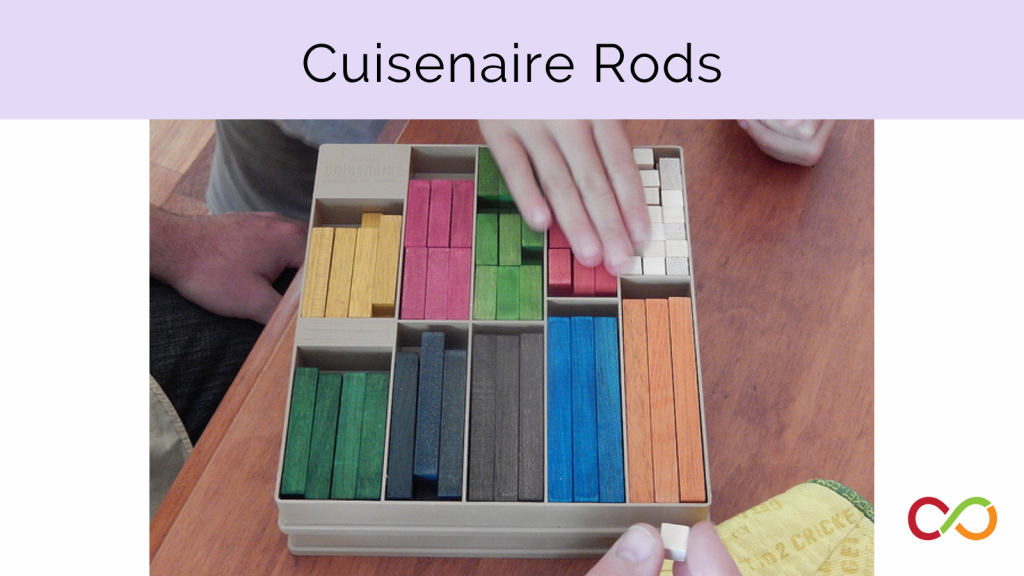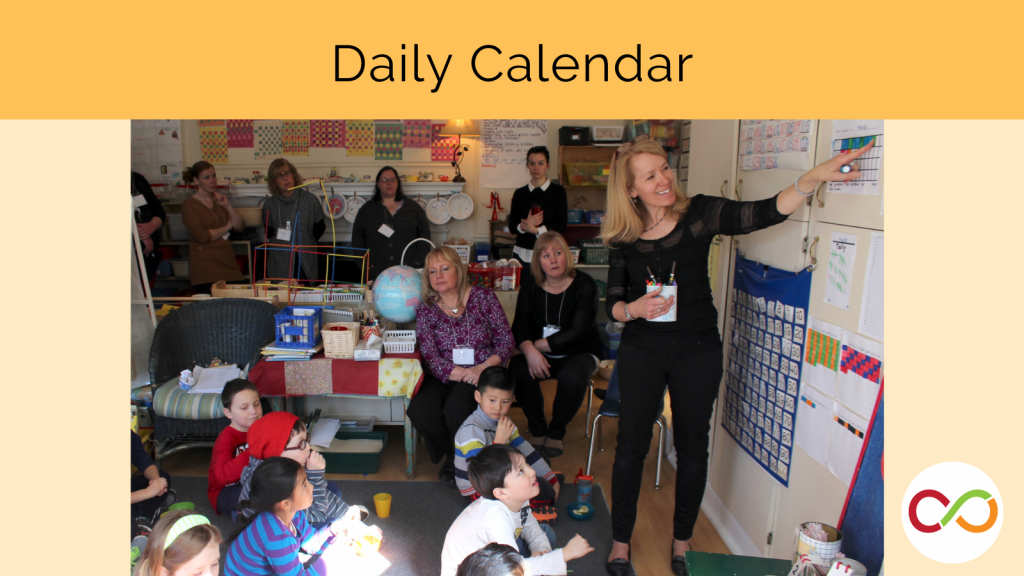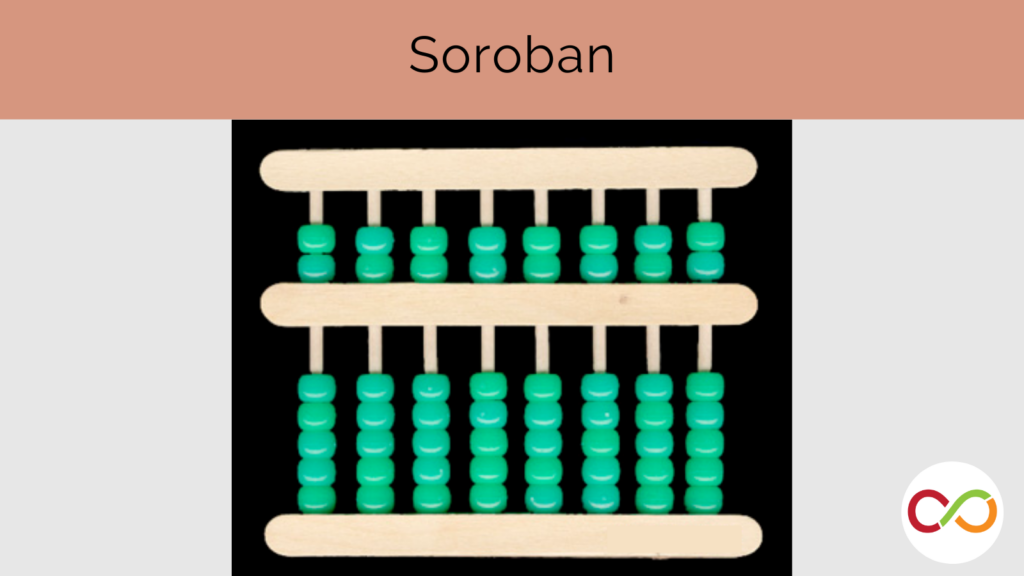Place Value Assessment
Introduction
Place value is one of the most important concepts to master in mathematics. Understanding a number’s relationship to other numbers is an imperative skill for navigating our base-ten-dependent society. When working with multidigit numbers, the ability to differentiate between face value and place value contributes to a stronger understanding of regrouping, addition and subtraction of multidigit numbers, and advanced computations.
This interview aids an educator’s ability to understand how children conceptualize place value in a friendly and welcoming learning environment. The script below follows a conversation with a student that focuses on the physical representation of a multidigit number. Through a series of questions and with the aid of manipulatives, an educator may observe how a student comprehends the value of ones, tens, hundreds, etc.
Context
- The educator and the student are seated together.
Materials
- Pencil
- Sheet of blank paper
- 16 identical cubes (or small items)
Interview
- Place 16 cubes on a piece of paper in front of your student.
- Acknowledge the number of cubes by saying: Here are 16 cubes.
- Ask your student to write the number 16 on the piece of paper.
- Gather and place six of the cubes next to the six on the paper in the 16.
- Tell your student that these cubes show what the six in the number 16 represents.
- Ask your student to use the remaining cubes to show how the one in the number 16 should be represented.
- If students demonstrate their understanding by selecting 10 cubes to represent the one in the number 16, continue with the following set of questions:
- If I give you 10 more cubes, how many will you have? (and/or) If you gave me 10 cubes how many would you have left? Ask students to justify their answer.
- Can you add up the “one” cubes and the “six” cubes? What is the total number of cubes?
- Can you rewrite the number 16 as the sum of two numbers using the two groups of cubes?
- If they answer 10 + 6: Are there other ways to write the number 16 as the sum of two numbers?
- Ask your student to write the number 23 on the piece of paper.
- Can you show me what the three in the number 23 represents with the cubes?
- How many cubes would we need to represent the two in the number 23? Do we have enough cubes?
- If students demonstrate a lack of understanding by not choosing ten cubes to represent the one in the number 16, continue with the following set of questions:
- What about the cubes that are left over?
- Can you add up the “one” cubes and the “six” cubes? What is the total number of cubes?
- If they answer 7 (1 + 6), ask: Can you show me how to represent the number 16 in cubes as well?
- If they choose 16 cubes for the previous question, say to the student: Let’s use all of these cubes to represent the one and the six in the number 16. If we use six cubes to represent the six in the number 16, how many are left to represent the ten in the number 16?
- If the student does not seem comfortable with the concept of representing the one with 10 cubes, try the assessment with a number that only has a ones column (numbers one to nine) or try working through one of the related lessons on place value with the student.
Related Lessons
Early Years

Students investigate relationships between numbers by comparing cuisenaire rods.
Primary

Many short activities provide students an opportunity to practice all five strands of math.
Junior

Students learn how to use the Soroban to build number sense and learn about place value.
Related Research
- Links between Teaching and Learning Place Value with Understanding in First Grade (James Hiebert, Diana Wearne)
Assessment on Video: Examples from educator Marilyn Burns
Longstanding math educator Marilyn Burns demonstrates assessment in these video examples
For more, visit Marilyn Burns’ website at www.marilynburnsmath.com/place-value-how-to-assess-students-understanding.
